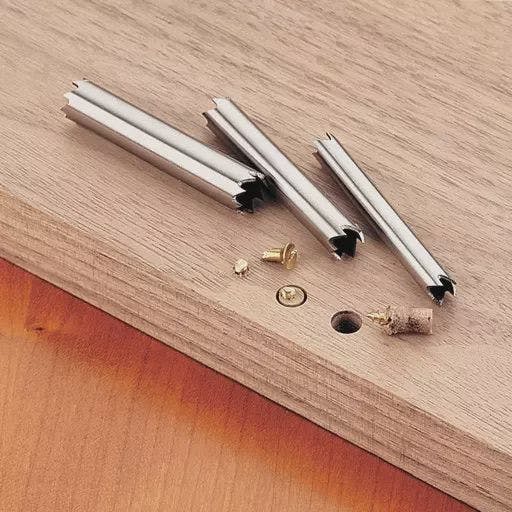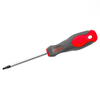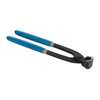There are currently no items in your basket
 01. jan.
01. jan.Almost every handyman has experienced it at least once: a broken or stripped screw. For example, when you use screws of a lesser quality, or put too much pressure on the screw, it can break. This is, of course, an unwelcome surprise, because you will not be able to continue working on your project. In this blog post, we discuss several options for removing a broken or stripped screw.
Drill out the screw
This first method is the most effective, but also the most aggressive, option: drilling out the screw. This method works for every screw, but there are some risks to it. You could damage the material the screw is stuck in, so you will have to be precise. To drill out a screw, you will need to use metal drill bits. The drill bit should be the same size as the centre of the screw. Start drilling in the centre of the screw to prevent damage to the surrounding material.
After drilling out the screw, it could be that part of the material has been damaged. To repair this, you can use plaster, wood filler, or another type of filler. Make sure the filler has dried and solidified completely before resuming your work on that spot.
The elastic band
One tried-and-true method for removing stripped screws is the elastic band. Use a wide piece of elastic band and place it on top of the screw head. Now take your screwdriver or drill and push it against the elastic band (and thus the screw head). It is important to mention that you have to turn the screw slowly. A power drill at full speed will not find any traction on the surface. Therefore, we recommend using a simple screwdriver.
The hammer
This method requires a screwdriver and hammer. Position the screwdriver on the screw, and hit it a few times with the hammer. If it worked, you should see that the screwdriver has lodged into the screw, sort of creating a new screw head. Keep pushing the screwdriver into the screw while slowly turning to extract the screw. Use a strong screwdriver for this method. You can also turn the screwdriver using an adjustable spanner to allow you to use more force. If the screw sticks out a little, you can also try using the claw of the hammer or pliers.
Extractor set
The last method we will discuss here is the extractor set. These bits are used in combination with your drill and remove most screws without a lot of effort. For a detailed guide on how to use these, read our post on how to use a screw extractor set.



